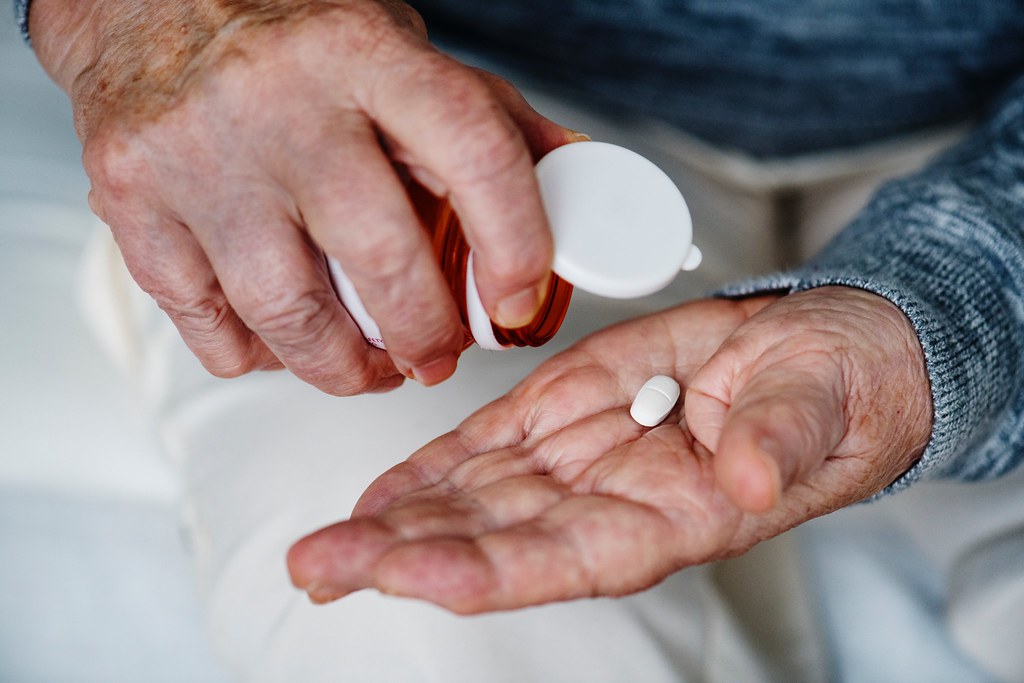[YAOUNDE] It is critical to ensure and optimize the availability of antiretroviral (ARV) treatments in developing countries, particularly in Africa.
This message was widely supported by participants, including researchers, members of international organizations, civil society actors and people living with HIV, who took part in the symposium organized on September 12the International Conference of the French-Speaking Alliance of Health Actors Against HIV and Chronic Viral Infections (AFRAVIH), held April 16-19 in Yaoundé, Cameroon.
According to the World Health Organization (WHO), an estimated 39 million people are living with HIV at the end of 2022, of which more than two thirds (25.6 million) are in the WHO African region.
“When there are new medicines that could have a significant impact in developing countries, we discuss and negotiate with the pharmaceutical companies that have developed these new medicines so that they can be made available in these countries quickly and at a more affordable price, in particular through the manufacture of generic products”
Esteban Burrone, Director of Policy, Patent pool for pharmaceuticals (MPP)
Central and West Africa accounts for 4.8 million of the 39 million people living with HIV. In addition, 160,000 new infections are registered every year, of which 51,000 are in children under 15. The number of HIV-related deaths is 120,000 per year.
Given these figures, it is “essential” to make treatments available to countries at lower costs, emphasizes Esteban Burrone, director of policy, strategy and market access at Patent pool for pharmaceuticals (MPP), an international organization whose goal is to reduce HIV drug prices and facilitate the development of HIV treatments by licensing patents in low- and middle-income countries.
“When there are new medicines that could have a significant impact in developing countries, we discuss and negotiate with the pharmaceutical companies that have developed these new medicines so that they can be made available in these countries quickly and at a more affordable price, in particular through the manufacture of Generic products,” he explains.
He continues by specifying: “ […] TLD, which is now the first-line treatment worldwide, is available for less than $45 per patient per year.”
According to him, a few years ago the best medicines were in rich countries and cheaper medicines were in developing countries.
“But today in developing countries we have the best possible drugs available, such as the fixed-dose combination TLD, which is the most important WHO recommendation for HIV,” emphasizes Esteban Burrone.
“Revolutionary” drug
The Yaoundé Symposium was dedicated to the decade-long effort to ensure widespread access Dolutegravir (DTG), a fairly “revolutionary” drug, from the point of view of Philippe Duneton, executive director of UNITAID, an international organization in charge of centralizing drug purchases to achieve better prices.
Patent pool for pharmaceuticals et ViiV Healthcare signed two licensing agreements (adult and pediatric) in April 2014 aimed at accelerating access to DTG, an antiretroviral drug for adults and children. Thanks to these agreements, generic drug manufacturers produce inexpensive versions of this drug.
This is “a very effective and well-tolerated combination that helps quickly suppress the virus and reduce transmission,” informs MPP.
In 2019, WHO recommended DTG “as the preferred treatment option for HIV in all populations.” Today, around 24 million people take products based on this active ingredient, says Esteban Burrone.
The use of this drug in Senegal since 2018 has been “a very interesting event,” testifies Eloi Kambanck, representative of the National Council to Combat AIDS in this West African country.
“The established transition plan was planned for 2019-2021 and our goal for 2021 was to have 80% of patients undergo a DTG-based protocol. At the end of 2021, when we conducted the interim evaluation, we were at 84%. Today, 96% of our patients are taking DTG,” he explains in an interview with SciDev.Net.
According to this expert, the success of this product and all the benefits that come with it are partly linked to the supply that has been ensured. The cost reduction allows the country to renew inventories.
“I am an HIV-infected person myself and had taken a therapy holiday because I could no longer tolerate the treatment I was receiving. But when I heard about DTG, I asked my doctor to prescribe it for me and today I am satisfied,” says Nadia Adingra, director of the NGO in Ivory Coast International Community of Women Living with HIV.
For them, DTG is an “optimal” drug to treat HIV and ensuring equal access to this treatment is “essential” to ensure the health and well-being of women and children affected by HIV.
According to Nadia Adingra, in Ivory Coast, almost 82% of infected lactating and pregnant women are treated with DTG. However, she regrets that the care of children with HIV remains a concern.
“The mortality rate among children is much higher due to lack of treatment. Children make up only 4% of people with HIV. Unfortunately, 13% of children die from HIV and this needs to be addressed. “We hope that with the fixed dose things will return to normal,” she says.
